| |
|
|
Botanical Name |
: |
Aloe vera L. |
English
Name |
: |
Indian Aloe, Barbados Aloe and Aloe |
Synonym(s) |
: |
Aloe vulgaris (Lam.), Aloe barbadensis (Mill.), Aloe Indica, Aloe barbados |
Family |
: |
Liliaceae |
| |
General Info
| Description |
 |
|
A short-stemmed succulent perennial herb. The succulent leaves are crowded on the top of their stems, spreading grayish green and glaucous; spotted when young, 20 to 50 cm long, 3 to 5 cm wide at the base, tapering gradually to the pointed tip. Flowers are borne in cylindrical terminal racemes on central flower stalks, 5 to 100 cm high. Each flower has 6 protruding stamens and three-celled ovary with long style. They are succulent plants belonging to the Lily family, with perennial, strong and fibrous roots and numerous, persistent, fleshy leaves, proceeding from the upper part of the root, narrow, tapering, thick and fleshy, usually beset at the edges with spiney teeth. The flowers are produced in erect, terminal spikes. There is no calyx, the corolla is tubular, divided into six narrow segments at the mouth and of a red, yellow or purplish colour. The capsules contain numerous angular seeds. |
| Herb Effects |
 |
|
Anti-cancerous, emmenagogue, emollient, laxative, purgative, stimulant, stomachic, tonic, vermifuge, vulnerary, abortifacient. antiseptic. promotes or stimulates the flow of bile, decoagulant, antibacterial, demulcent, stimulates the secretion of gastric juices, ecbolic, insecticidal, anthlemintic (antitubercular), oxytocic and reduces fever. |
Chemistry
| Active Ingredients |
 |
|
Aloe-emodin, aspartic acid, barbaloin, benzyl-acetone, beta-sitosterol, choline, chrysophanic acid, chrysophanol, cinnamic acid, coumarin, emodin, formic acid, glycerol, lupeol, p-coumaric acid, rhein (plant); arginine, ascorbic acid, beta-carotene, folacin, glutamic acid, glutamine, glycine, histidine, lysine, niacin, phenyl-alanine, riboflavin, serine, thiamin, tyrosine, valine (leaf). |
| Chemistry
of Active Ingredients |
 |
|
|
 |
Name |
CAS# |
IUPAC Name |
Formula |
Structure |
 |
|
| Aloe-emodin |
481-72-1 |
1,8-dihydroxy-3-(hyd
roxymethyl)anthracen
e-9,10-dione |
C15H10O5 |
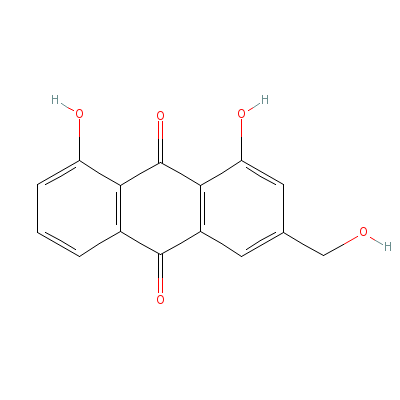
|
| Aspartic acid |
6899-03-2 |
2-aminobutanedioic
acid |
C4H7NO4 |
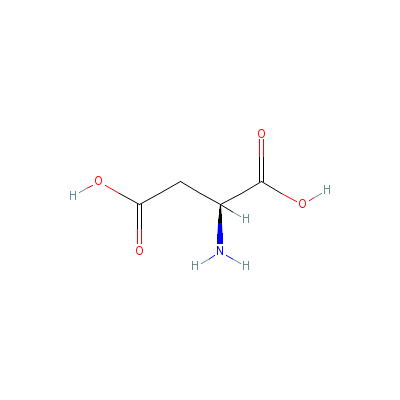
|
| Barbaloin |
5133-19-7 |
(10R)-1,8-dihydroxy-
3-(hydroxymethyl)-10
-[(2S,3S,4R,5R,6R)-3
,4,5-trihy
droxy-6-
(hydroxymethyl)oxan-
2-yl]-10H-anthracen-
9-one |
C21H22O9 |
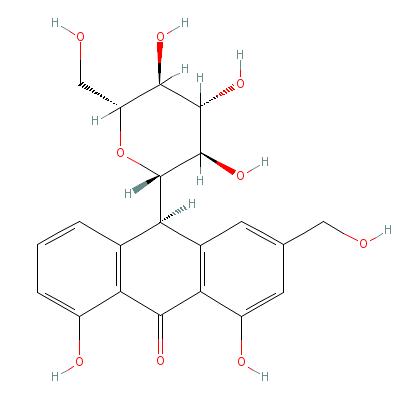
|
| Beta-sitosterol |
5779-62-4 |
17-(5-ethyl-6-methyl
-heptan-2-yl)-10,13-
dimethyl-2,3,4,7,8,9
,11,12,14, |
C29H50O |
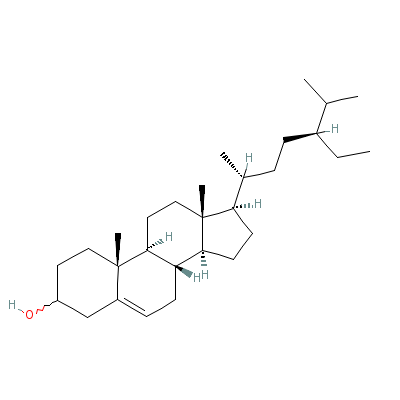
|
| Choline |
67-48-1 |
2-hydroxyethyl-trime
thyl-ammonium |
C5H14NO+ |
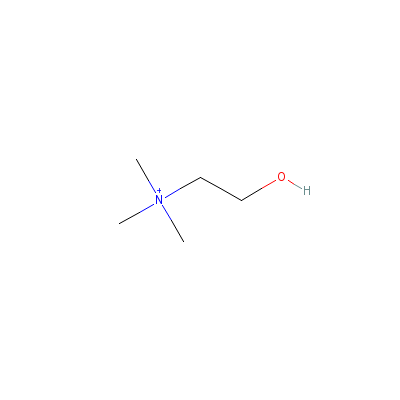
|
| Chrysophanic acid |
Not Available |
1,8-dihydroxy-3-meth
yl-anthracene-9,10-d
ione |
C15H10O4 |

|
| Chrysophanol |
481-74-3 |
1,8-dihydroxy-3-meth
yl-anthracene-9,10-d
ione |
C15H10O4 |
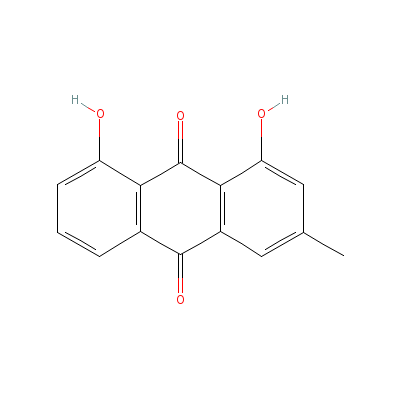
|
| Cinnamic acid |
63938-16-9 |
3-phenylprop-2-enoic
acid |
C9H8O2 |
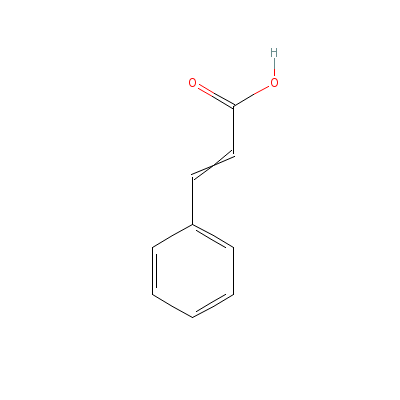
|
| Coumarin |
60094-90-8 |
6-(1,2-dihydroxy-3-m
ethyl-but-3-enyl)-7-
methoxy-chromen-2-on
e |
C15H16O5 |
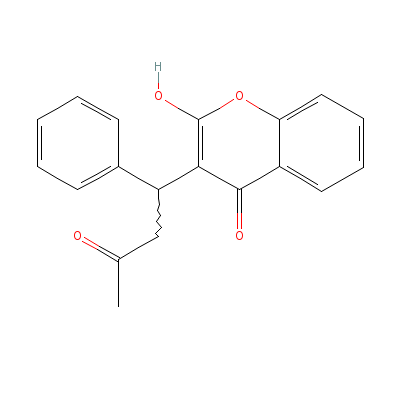
|
| Emodin |
Not Available |
1,3,8-trihydroxy-6-m
ethyl-anthracene-9,1
0-dione |
C15H10O5 |
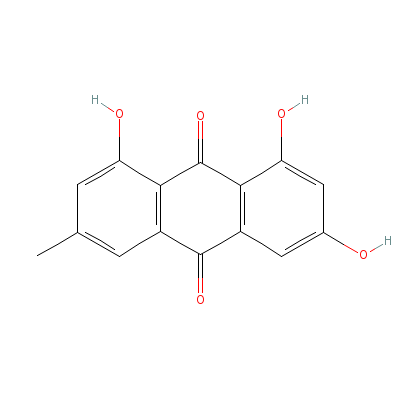
|
| Formic acid |
992-98-3 |
formic acid |
CH2O2 |

|
| Lupeol |
Not Available |
Not Available |
C30H50O |

|
| P-coumaric acid |
501-98-4 |
3-(4-hydroxyphenyl)p
rop-2-enoic acid |
C9H8O3 |
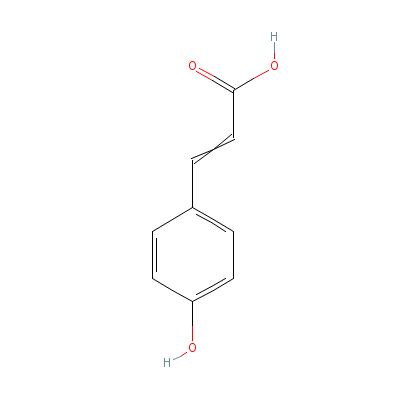
|
| Rhein |
Not Available |
4,5-dihydroxy-9,10-d
ioxo-anthracene-2-ca
rboxylic acid |
C15H8O6 |
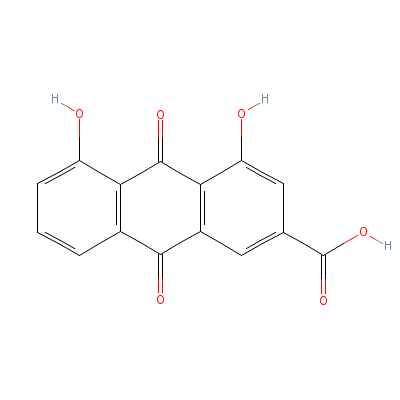
|
| Arginine |
7004-12-8 |
2-amino-5-guanidino-
pentanoic acid |
C6H14N4O2 |
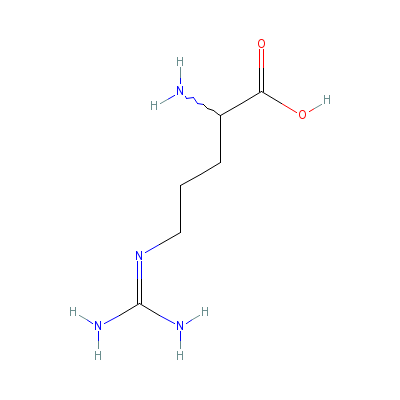
|
| Ascorbic Acid |
Not Available |
2-(1,2-dihydroxyethy
l)-4,5-dihydroxy-fur
an-3-one |
C6H8O6 |

|
| beta-Carotene |
Not Available |
3,7,12,16-tetramethy
l-1,18-bis(2,6,6-tri
methyl-1-cyclohexeny
l)-octadec
a-1,3,5,
7,9,11,13,15,17-nona
ene |
C40H56 |

|
| Folacin |
6484-89-5 |
2-[4-[(2-amino-4-oxo
-1H-pteridin-6-yl)me
thylamino]benzoyl]am
inopentane
dioic
acid |
C19H19N7O6 |
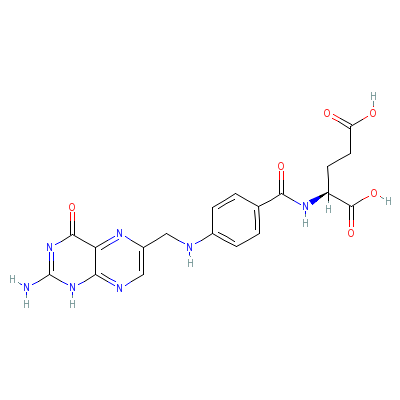
|
| Glutamic acid |
Not Available |
2-aminopentanedioic
acid |
C5H9NO4 |
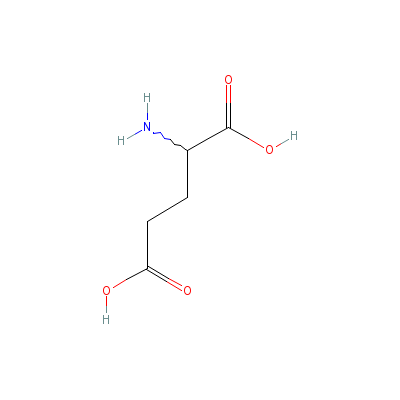
|
| Glutamine |
6899-04-3 |
2-amino-4-carbamoyl-
butanoic acid |
C5H10N2O3 |
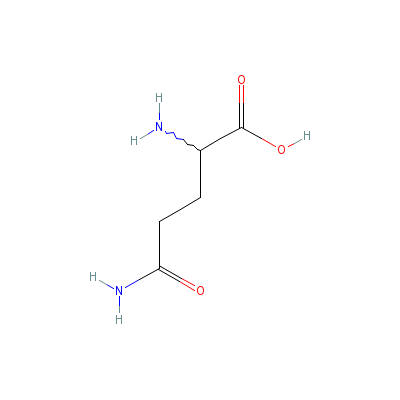
|
| Glycine |
87867-94-5 |
2-aminoacetic acid |
C2H5NO2 |
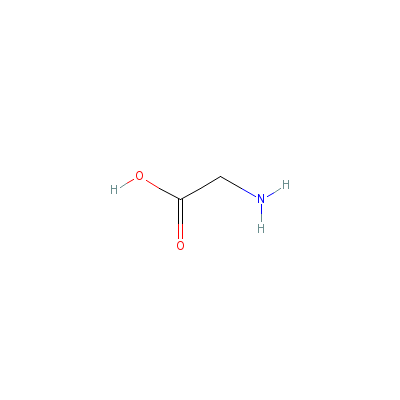
|
| Histidine |
6027-02-7 |
2-amino-3-(3H-imidaz
ol-4-yl)propanoic
acid |
C6H9N3O2 |
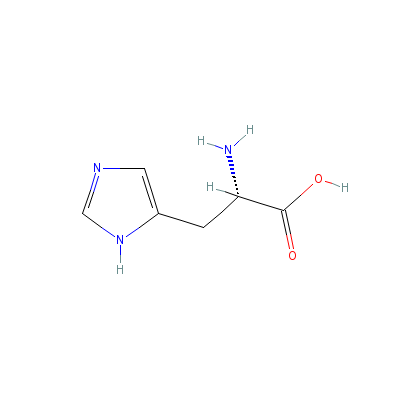
|
| Lysine |
923-27-3 |
2,6-diaminohexanoic
acid |
C6H14N2O2 |
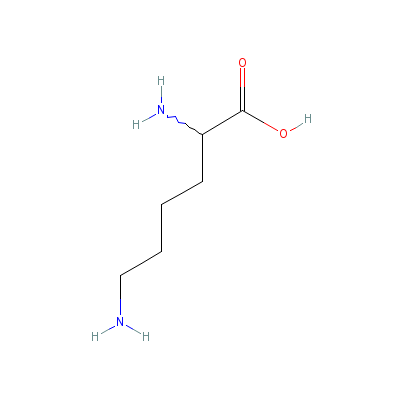
|
| Niacin |
99148-57-9 |
Pyridine-3-carboxyli
c acid |
C6H5NO2 |
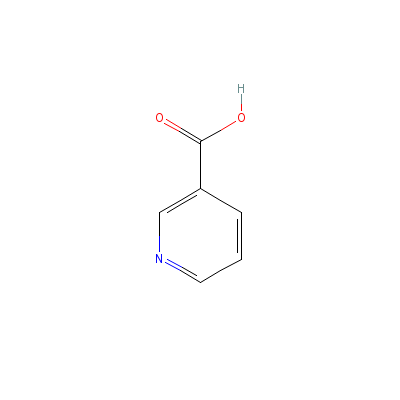
|
| Phenylalanine |
3617-44-5 |
2-amino-3-phenyl-pro
panoic acid |
C9H11NO2 |

|
| Riboflavin |
Not Available |
Not Available |
C17H21N4O9P |
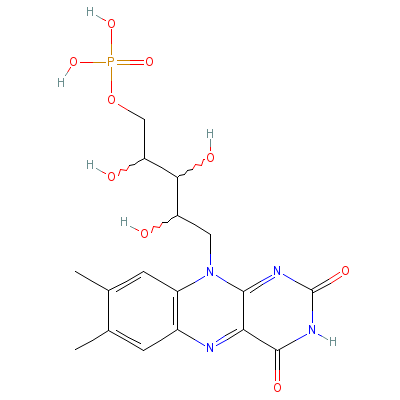
|
| Serine |
6898-95-9 |
2-amino-3-hydroxy-pr
opanoic acid |
C3H7NO3 |

|
| Thiamin |
59-43-8 |
2-[3-[(4-amino-2-met
hyl-pyrimidin-5-yl)m
ethyl]-4-methyl-1-th
ia-3-azoni
acyclope
nta-2,4-dien-5-yl]et
hanol |
C12H17N4OS+ |

|
| Tyrosine |
556-02-5 |
2-amino-3-(4-hydroxy
phenyl)-propanoic
acid |
C9H11NO3 |
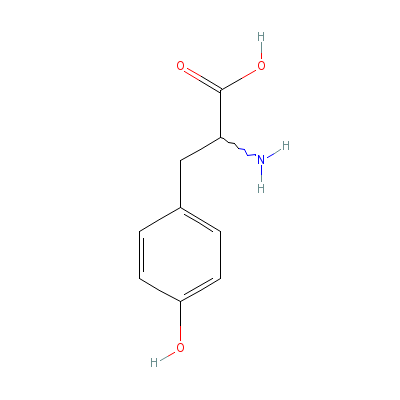
|
| Valine |
7004-03-7 |
2-amino-3-methyl-but
anoic acid |
C5H11NO2 |
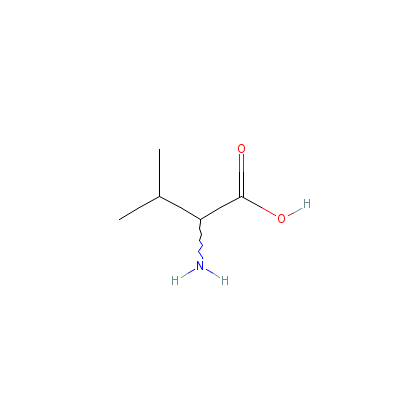
|
|
Pharmacology
| Medicinal Use |
 |
|
As a tonic, in amenorrhea, asthma, boils, bruises, burns (including those from radiation), stomach cancer, common cold, cough, digestive disorders, fever, hemorrhages, hysteria, inflammation, eye problems, jaundice, cirrhosis, hepatitis, stomach ulcers, colitis, wound, scald, dry skin, conjunctivitis, psoriasis, hair fall, rosacea, warts and eczema; prevents opportunistic infections in cases of HIV and AIDS. |
| Contraindication |
 |
|
Pregnant women and children under five should not take Aloe vera internally. |
| Reference |
 |
|
 Chandel et al., Biodiversity in Medicinal and Aromatic Plants in India.Br> Chandel et al., Biodiversity in Medicinal and Aromatic Plants in India.Br>
Bentley and Trimen, Medicinal Plants.
The Himalaya Drug Company.
Grieve M. A Modern Herbal 1931 (www.botanical.com)
Johnson T. CRC Ethnobotany Desk Reference (www.herbweb.com). |
Dealers
Products
|
|